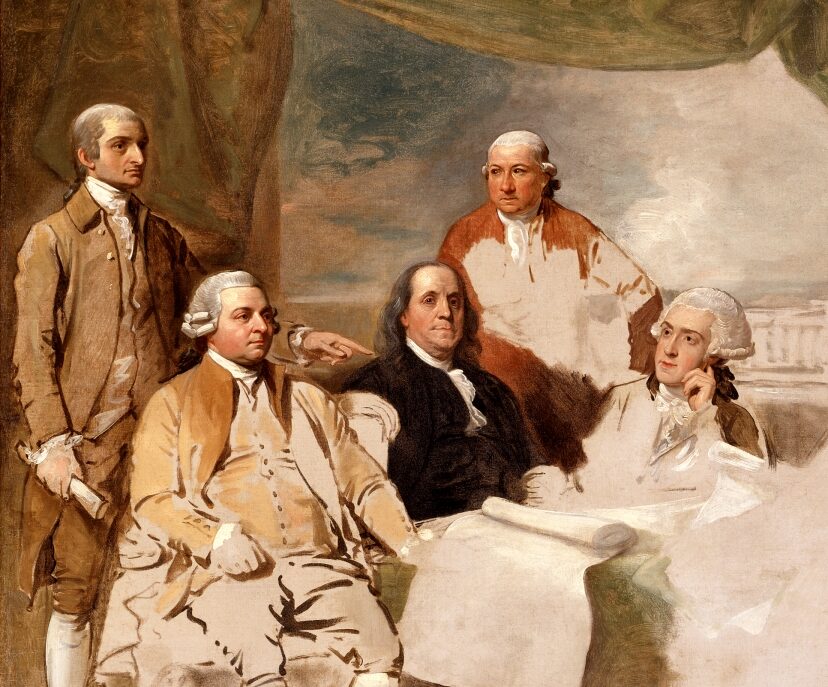“The Monroe ‘doctrine’ was by no means a hollow statement. It neatly encapsulated and gave public expression to goals Monroe and Adams had pursued aggressively since 1817. That it was issued at all reflected America’s ambitions in the Pacific Northwest and its renewed concerns for its security. That it was done separately from Britain reflected the nation’s keen interest in acquiring Texas and Cuba and its commercial aspirations in Latin America. It expressed the spirit of the age and provided a ringing, if still premature, statement of U.S. preeminence in the hemisphere. It publicly reaffirmed the continental vision Adams had already privately shared with the British and Russians: ‘Keep what is yours but leave the rest of the continent to us.'” –George Herring, From Colony to Superpower, p. 157
Discussion Questions
- It was Secretary of State John Quincy Adams who played the critical role in formulating what is now known as the Monroe Doctrine. What were Adams’s key diplomatic and strategic goals while he served Monroe and then as he led the nation during his own one-term presidency that defined what Herring labels above as “the spirit of the age”? How central was the Monroe Doctrine to these goals?
- Andrew Jackson succeeded Adams as president in 1829, but he been influential in shaping American strategic policy since 1814. Did the Jackson presidency thus simply continue the earlier expansionism of the Jeffersonians? How central was defending the Monroe Doctrine among the priorities of the Jackson administration?
Additional Resources
- Monroe Doctrine (1823) (National Archives)

Leave a Reply